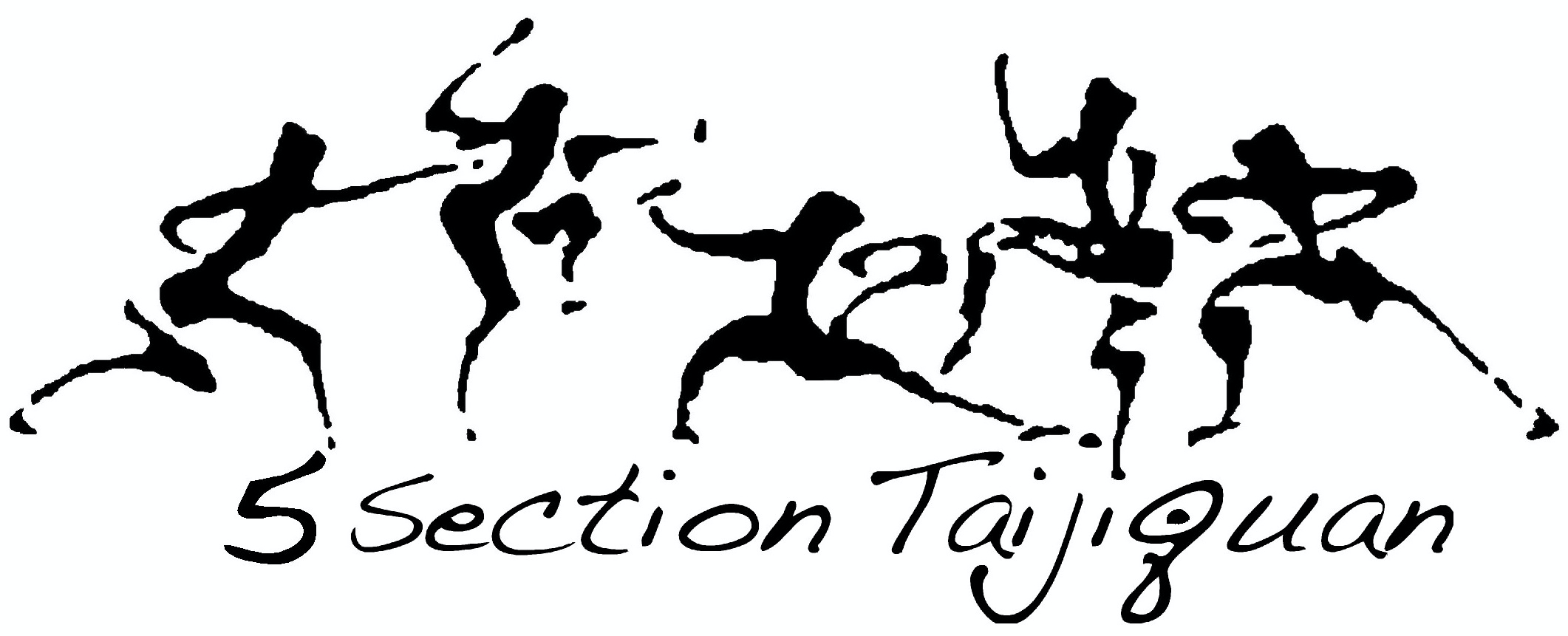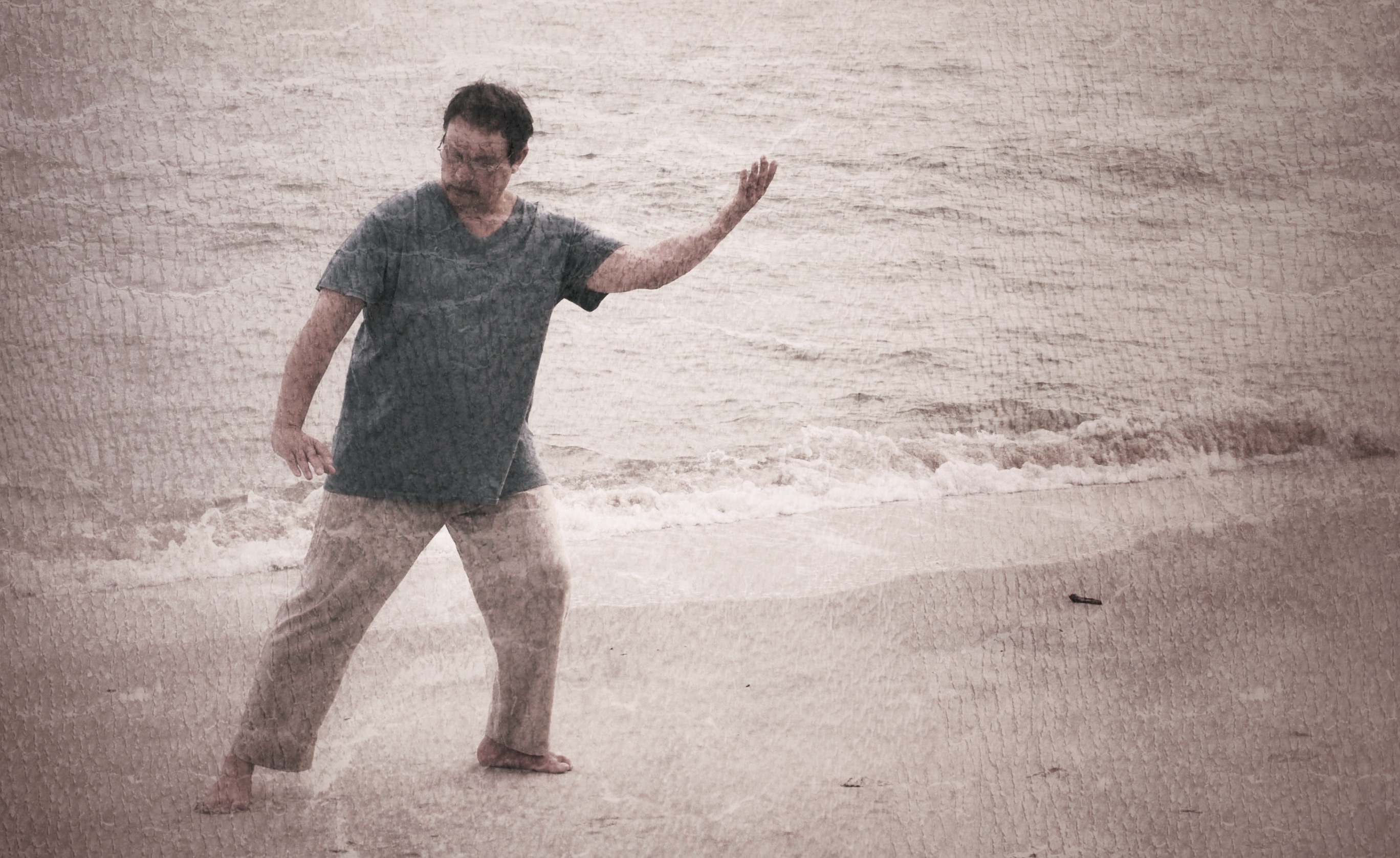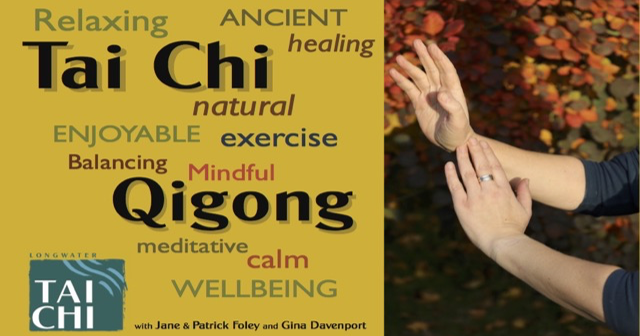Learning Tai Chi with Longwater
All Tai Chi (pronounced tie-jee and sometimes spelt taiji or taijiquan) styles have more in common with each other then they have differences. The key to a fine style or 'form' is that it is a good container for the deeper internal principles it was designed for, just as a fine champagne requires a strong bottle to contain it. There are 5 main styles - Yang, Wu, Chen, Sun and Combination.
A Tai Chi form can be either large, medium or small 'frame', which dictates the amount of space required to perform it as well as the actual physical extensions involved. It can also be 'short' or 'long', which simply describes the number of individual movements the form contains. Where Yang-style forms are traditionally medium to large frame and develop very high quality martial skills and qigong (pronounced chee-gong: internal subtle energy work), many of the Wu-style forms, and in particular the style Longwater Tai Chi teaches, are small frame and perfect containers for health chi gung and meditation. That is not say these small frame forms are not good for martial arts - simply that they are more condensed and obtaining a high level of skill requires greater dedication.
Longwater Tai Chi teachers Jane and Patrick Foley have over 60 years experience between them in studying and teaching various forms, including Chen, Wu, Yang and Sun styles studied with top quality masters like Bruce Frantzis, Sam Masich and Dr Paul Lam. Longwater teacher Gina Davenport specialises in the Sun style based forms taught by Dr Lam. However many of our students start their journey not directly studying a traditional form with us, but rather learning principles of balance and movement via our hugely popular Tai Chi Qigong Shibashi sessions.
Choosing the right approach for you is dependent on what your requirements are, but whatever you choose we will always make sure you are comfortable with the learning process, which we define in 3 distinct stages:
- Outer - Understanding the outer form - it's physical alignments and adherence to the Tai Chi principles.
- Application - Applying the structure to application - this means understanding the Tai Chi energies associated with the posture and being able to manifest them with an external connection (i.e. partner).
- Inner - Integrating neigong into the postures and movements (transitions). After much practice, you will begin to learn how to use the form to deeply relax, heal and meditate.
- Details
- Curriculum
- Category: Tai Chi Curriculum
The Five Section Taijiquan program material is designed to be flexible and fun, ideal for beginners to get a well grounded introduction to traditional Tai Chi, who may then decide to take on the more difficult challenges of the full curriculum. It is also possible within this curriculum to just focus on one aspect of Tai Chi that you are particularly interested in, e.g. solo sword, without having to commit to learning the partner work.
- Details
- Curriculum
- Category: Tai Chi Curriculum
The Yang style of tai chi (taijiquan) is characterized by more open movements with clear expression of the application - it is the perfect study for those who want to practice tai chi for robust health, mindfulness and subtle connection. We have a wide curriculum to offer that includes weapons and partner work as well as solo hand forms, mainly taught during day and weekend workshops.
- Details
- Curriculum
- Category: Tai Chi Curriculum
The Wu Style Modified 64 form, developed by our teacher Brian Cooper from the traditional 108 'reference' form taught by Wu Jian Quan (1870-1942). Consisting of 64 moves, the form embraces every essential posture of the parent form, without the repetitions.










